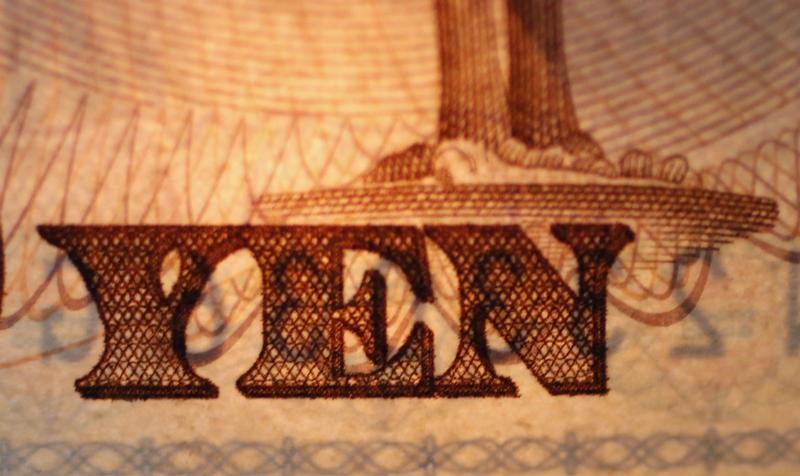This post was originally published on this site

SYDNEY (Reuters) – The dollar surged to a fresh two-decade high and stocks slid on Thursday with investors unsettled by the Federal Reserve’s aggressive outlook for U.S. interest rates and braced for more hikes across Europe later in the day.
The euro fell to a 20-year low in the Asia session, the yen to a 24-year trough and sterling to its lowest since 1985. Russia mobilising reservists for war in Ukraine added to the sombre mood.
Pan-European futures were last down 1.9% and FTSE futures down 0.9%. S&P 500 futures fell 0.5%.
Asian stocks, measured by MSCI’s broadest index of Asia shares outside Japan dropped 1.4% to a two-year low. Japan’s Nikkei was 0.5% lower, though it found some support after the Bank of Japan stuck to its dovish policies.
“I think stock markets were still hoping the Fed would show some sign of halting the rate hikes at some point, but there was no sign of it,” said Nomura strategist Naka Matsuzawa in Tokyo.
In the rates market, short-term yields remain on the rise and the peak for the benchmark Fed funds rate a moving target.
The median of Fed officials’ own outlook has U.S. rates at 4.4% by year’s end — 100 bps higher than their June projection — and even higher, at 4.6%, by the end of 2023.
Futures have scrambled to catch up. The yield on two-year Treasuries hit a 15-year high of 4.1320% on Thursday. Ten-year yields are below that, at 3.5477% as traders price in the hikes’ damage to longer-run growth.
“No one knows whether this process will lead to a recession or if so how significant that recession would be,” Fed Chair Jerome Powell told reporters after the rate hike announcement.
“The chances of a soft landing are likely to diminish to the extent that policy needs to be more restrictive, or restrictive for longer.”
“WHAT ELSE DO YOU BUY?”
The rates outlook is helping drive the dollar higher as U.S. yields look attractive and investors think other economies look too fragile to sustain rates as high as those contemplated in the United States.
Japan and China are the outliers and their currencies are sliding particularly hard — with the yen falling to the weaker side of 145 per dollar on Thursday as the Bank of Japan stuck with its ultra-easy monetary policy.
Yields in Japan’s government bond market also retreated as speculators closed some bets on imminent policy changes. [JP/]
Hikes are expected later today in Indonesia, the Philippines, Britain, Switzerland and Norway, and big ones too.
A 100 bp hike is priced in for Switzerland, 50 bps is expected from Norges Bank and traders see an 80% chance of a 75 bp hike from the Bank of England.
Not that that is much salve for their currencies, since Sweden’s crown is at a record low despite the country’s steepest rate hike in a generation this week.
The dollar’s rise has sent emerging market currencies tumbling and punished cryptocurrencies and commodities. Spot gold was down 0.7% on Thursday and near a two-year low at $1,661 an ounce. Bitcoin was just below $19,000.
Brent crude steadied at $90.33 a barrel after sliding on demand worries.
Sterling hit a 37-year low of $1.1221. The euro fell to $0.9810.
The Australian and New Zealand dollars were pinned near their lowest since mid-2020, with the Aussie down 0.5% on Thursday at $0.6602 and the kiwi down 0.4% at $0.5832.
“The Fed is not going to stop any time soon,” said Sally Auld, chief investment officer at wealth manager JB Were in Sydney. “What else do you buy except for the U.S. dollar at the moment?”



